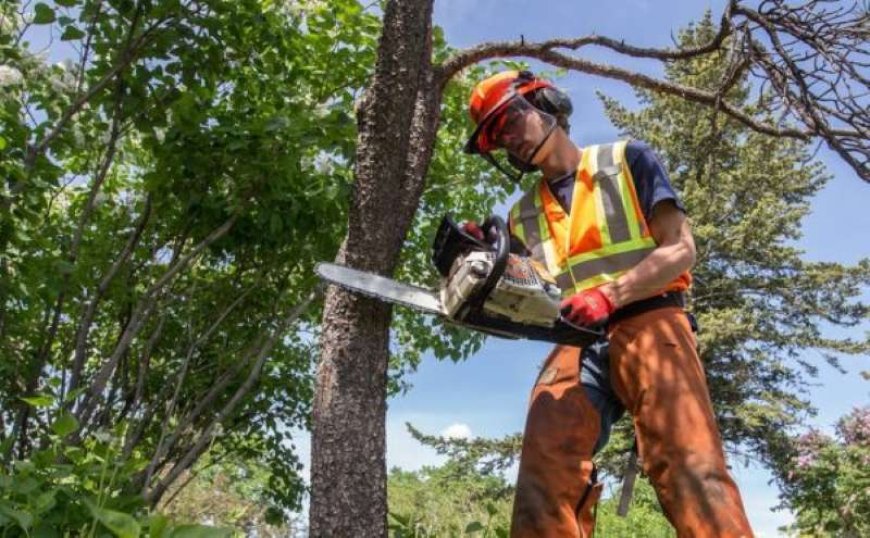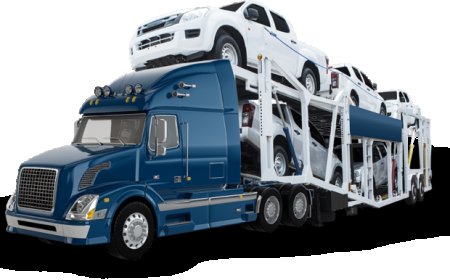Tree Pruning: The Ultimate Guide to Healthier, Stronger Trees
Pruning your trees isn’t just about looks—it’s about their health, safety, and longevity. Whether you go the DIY route or call a pro, understanding the “why” and “how” behind pruning makes all the difference. Keep your trees strong, shapely, and safe by giving them the care they need at the right time.

Ever looked at a tree and thought, Wow, that looks healthy and beautiful? Odds are, its been pruned the right way. Tree pruning is more than just cutting off branchesit's an art and science that promotes tree health, boosts growth, improves appearance, and even keeps your property safe.
Lets break it all down so you know how, when, and why to prune your trees the smart way.
The Benefits of Tree Pruning
Enhancing Tree Health
Pruning removes dead, diseased, or insect-infested limbs before they affect the entire tree. Think of it as a preventive checkuplike flossing for trees!
Promoting Better Growth
By thinning crowded branches, you're letting more sunlight and air in. This encourages healthier leaves and a stronger structure overall.
Improving Aesthetic Appeal
Want a well-shaped tree that adds to your curb appeal? Pruning helps you control the shape, balance, and size of the treelike a haircut for your yard.
Boosting Fruit Production
Fruit trees respond well to pruning. Removing excess limbs focuses energy on fruit-bearing branches, resulting in better yields.
Ensuring Safety for Property and People
Overhanging or broken branches are a hazard. Regular pruning keeps trees safe during storms and strong winds.
Different Types of Tree Pruning
Crown Thinning
Purpose and Process
Removes selective branches to reduce density while maintaining the trees shape. Helps sunlight penetrate and reduces wind resistance.
Crown Raising
When to Use It
Removes lower branches to clear space for vehicles, people, or views. Great for street trees or trees near driveways.
Crown Reduction
Tree Size Control
Reduces the height or spread of a tree, ideal for trees near power lines or structures.
Deadwooding
Removing Dangerous Branches
This is all about safety. It targets dead or dying branches that could fall unexpectedly.
Pollarding
Special Cases and Older Trees
A dramatic pruning technique usually done on older or ornamental trees to control size.
Best Time to Prune Trees
Timing matters. Heres your seasonal breakdown:
Spring Pruning
Great for removing dead or damaged limbs after winter. Avoid heavy pruning as trees are actively growing.
Summer Pruning
Ideal for slowing down growth or shaping the tree. Also helps direct energy toward fewer, healthier branches.
Fall Pruning
Generally not recommendedtrees are preparing for dormancy, and cuts may not heal properly.
Winter Pruning
The best time for most trees. With no leaves, it's easier to see the structure. Plus, cuts heal faster when growth resumes in spring.
Tree Species and Their Pruning Needs
Deciduous Trees
Prune during dormancy (late winter). Focus on removing crossing or weak branches.
Evergreen Trees
Usually require less pruning. Trim lightly to maintain shape or remove damaged parts.
Fruit Trees
Annual pruning is a must. Done during dormancy, it boosts fruit quality and sunlight exposure.
Flowering Trees
Time pruning based on bloom time:
-
Spring bloomers: prune after flowers fade.
-
Summer bloomers: prune in late winter or early spring.
Step-by-Step Guide to DIY Tree Pruning
Tools You'll Need
-
Bypass pruning shears
-
Loppers for thicker branches
-
Pruning saw or pole saw
-
Safety gloves, helmet, and goggles
Safety Tips Before You Start
-
Never prune near power lines
-
Make sure your ladder is stable
-
Watch for falling branches
-
Dont overreach
Identifying Branches to Remove
-
Dead, diseased, or damaged limbs
-
Rubbing or crossing branches
-
Suckers and water sprouts
-
Low-hanging or overcrowded limbs
Proper Cutting Techniques
-
Cut just outside the branch collar
-
Use three-cut method for large branches
-
Never leave stubs or cut too close to the trunk
Aftercare for Pruned Trees
-
No need for wound dressing
-
Water and mulch to support recovery
-
Monitor for signs of stress or pests
Common Pruning Mistakes to Avoid
Over-pruning
Too much at once can stress the tree and stunt growth.
Wrong Timing
Pruning at the wrong season can expose trees to disease or hinder healing.
Improper Cuts
Cutting too close or too far can damage the tree. Always aim for clean, angled cuts.
When to Hire a Professional Arborist
Recognizing Dangerous Situations
Large limbs, high branches, or proximity to power lines? Call in the pros.
Large Trees or Tough Locations
Professionals have the tools, skills, and insurance to do it safely.
Certified Arborists and Their Skills
ISA-certified arborists know tree biology and best practices for pruning.
Eco-Friendly Tree Pruning Practices
Sustainable Pruning Techniques
Never remove more than 25% of a trees canopy. Work with the tree, not against it.
Composting Pruned Branches
Turn debris into mulch or compost. Its free fertilizer!
Avoiding Harm to Wildlife
Check for nests before pruning and avoid disturbing natural habitats.
Tools and Equipment for Effective Pruning
Pruning Shears
Best for small branches under 1/2 inch thick.
Loppers
Great for branches up to 2 inches.
Pole Saws
Useful for high, hard-to-reach limbs.
Chainsaws (For Advanced Users)
Only for experienced users or professionalssafety first!
Tree Pruning Cost Guide
DIY vs Professional Costs
DIY: Just the cost of tools.
Professional: Can range from $150 to $1000 depending on tree size, condition, and location.
What Affects the Price?
-
Tree height
-
Branch density
-
Accessibility
-
Emergency pruning needs
Tree Pruning Myths Busted
More Cuts Means More Growth
Wrong. Over-pruning can weaken trees and increase vulnerability.
Prune Anytime of Year
Also false. Timing is key for healing and preventing stress.
Paint Wounds After Pruning
Old-school advice. Trees heal better naturally without sealants.
Long-Term Tree Maintenance Tips
-
Inspect your trees at least twice a year
-
Keep mulch around the base (but not against the trunk)
-
Water deeply during dry spells
-
Schedule regular light pruning instead of major overhauls
Conclusion
Pruning your trees isnt just about looksits about their health, safety, and longevity. Whether you go the DIY route or call a pro, understanding the why and how behind pruning makes all the difference. Keep your trees strong, shapely, and safe by giving them the care they need at the right time.
FAQs
1. How often should trees be pruned?
Most trees benefit from pruning every 23 years, but fruit trees often need annual pruning.
2. Can pruning harm my tree?
Yesif done incorrectly or excessively. Proper technique and timing are crucial.
3. Should I prune a newly planted tree?
Only to remove damaged or dead branches. Wait 12 years for shaping.
4. What are signs a tree needs pruning?
Look for broken, diseased, or dead branches, overcrowding, or poor shape.
5. Is it okay to prune in summer?
Yes, but it should be light pruning. Heavy pruning is best in winter.








































